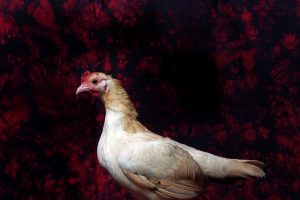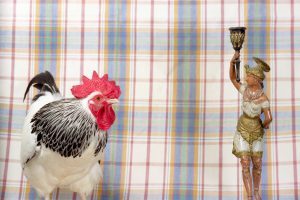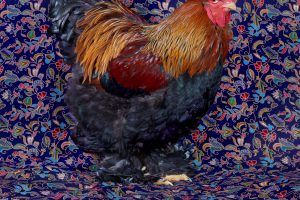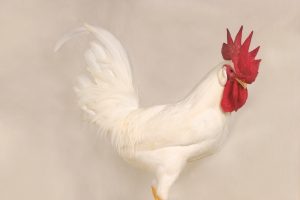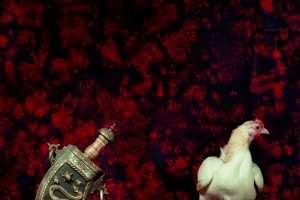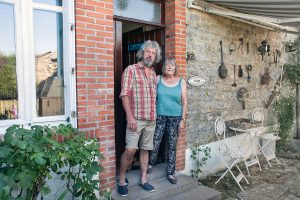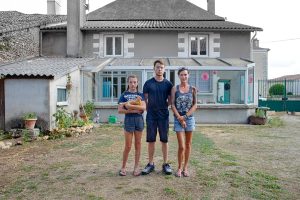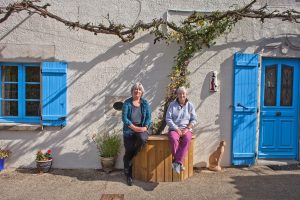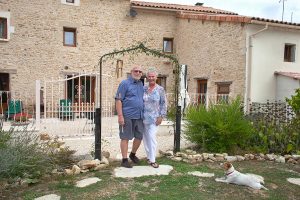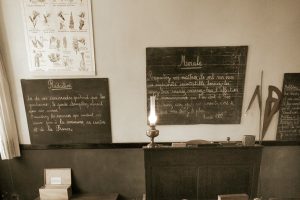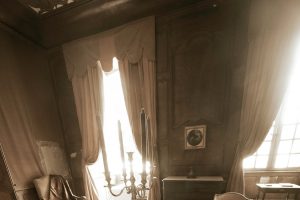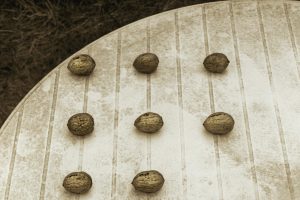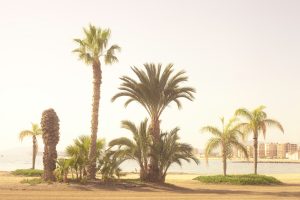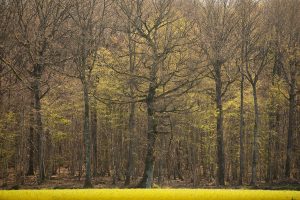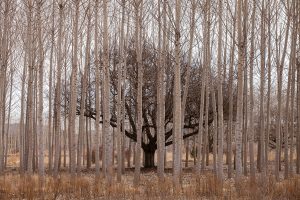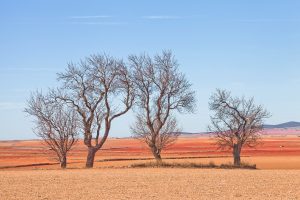Terence Wright
Terence Wright studied Fine Art at Chelsea School of Art, Cultural Anthropology at Oxford University and gained his PhD at University College London. His current work is concerned with human modification of the natural world, scientific illustration and the presentation of specimens as idealised images. He is Emeritus Professor of Visual Arts at Ulster University.
Exhibitions include: ‘On Site’ Arnolfini Gallery, Bristol, 1977; ‘Photomontage’ Half Moon Gallery, Whitechapel, 1979; Photographic Gallery, University of Southampton, 1979; Gardener Arts Centre, Brighton 1979; ‘Museum Pieces’, Oxford Museum 1998; ‘Ex Libris’, ‘Land’ Muzeum Historii Fotografii, Krakow, 2000; LeVall Gallery, Novosibirsk, Russia, 2000; Migrations, Belfast Exposed, 2006; Marking the Earth. Maris Gallery, Perm, Russia. 2006; Different Dimension: International Festival of Photography Novosibirsk State Art Museum, Novosibirsk, Russia 2008. Home Front Place Gallery, Belfast and University of Texas and the Minneapolis Convention Center 2017. ‘In Arcadia: the British in France’, Hammer Theater, San Jose, California 2019. ‘Modelling the Animal’ Crossley Gallery, Halifax, UK 2020.
Public Art commissions: installation for St. George’s Hospital, London 1990; and photographic installation for The Hillingdon Hospital, London 1993. He worked as a freelance photographer for BBC News and Current Affairs, as well as Cosmopolitan, Company, Country Life and New Scientist. He was a Visiting Research Fellow at The International Development Centre, Oxford University (1998-2000); CRASSH, Cambridge University (2008) and The Institute of Medical Humanities, University of Texas Medical Branch (2012 & 2015).
Locations: France
Categories: Documentary, Fine Art, Landscape, Photographer, Photojournalism, Writer



















